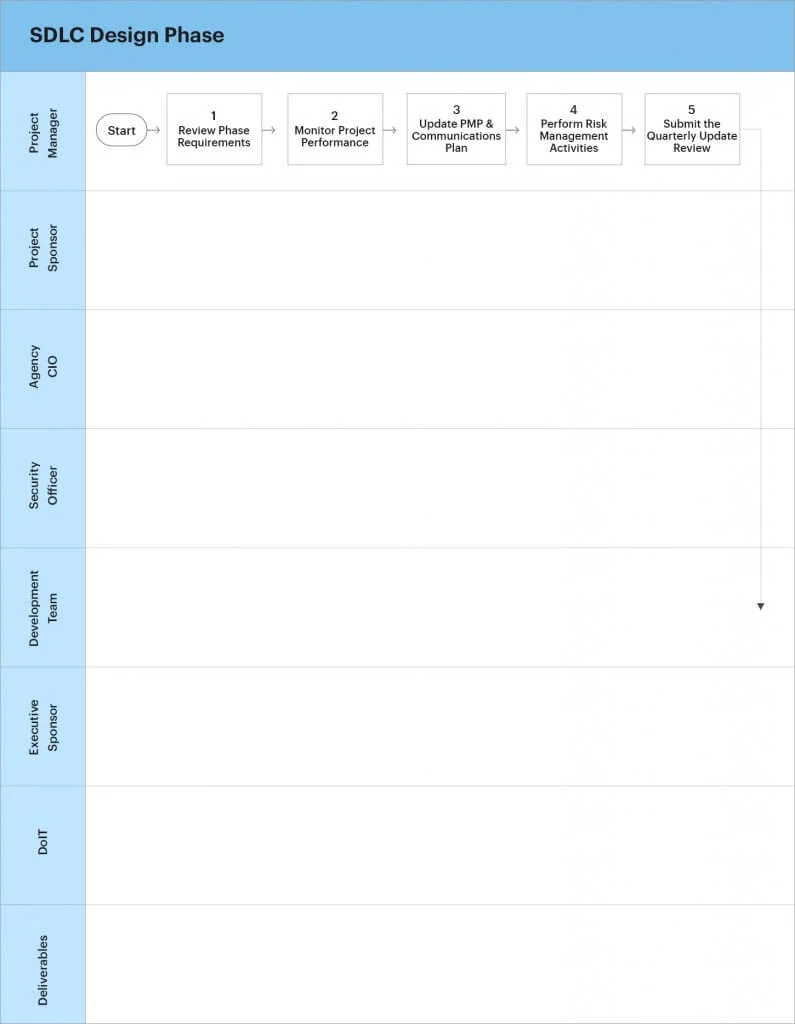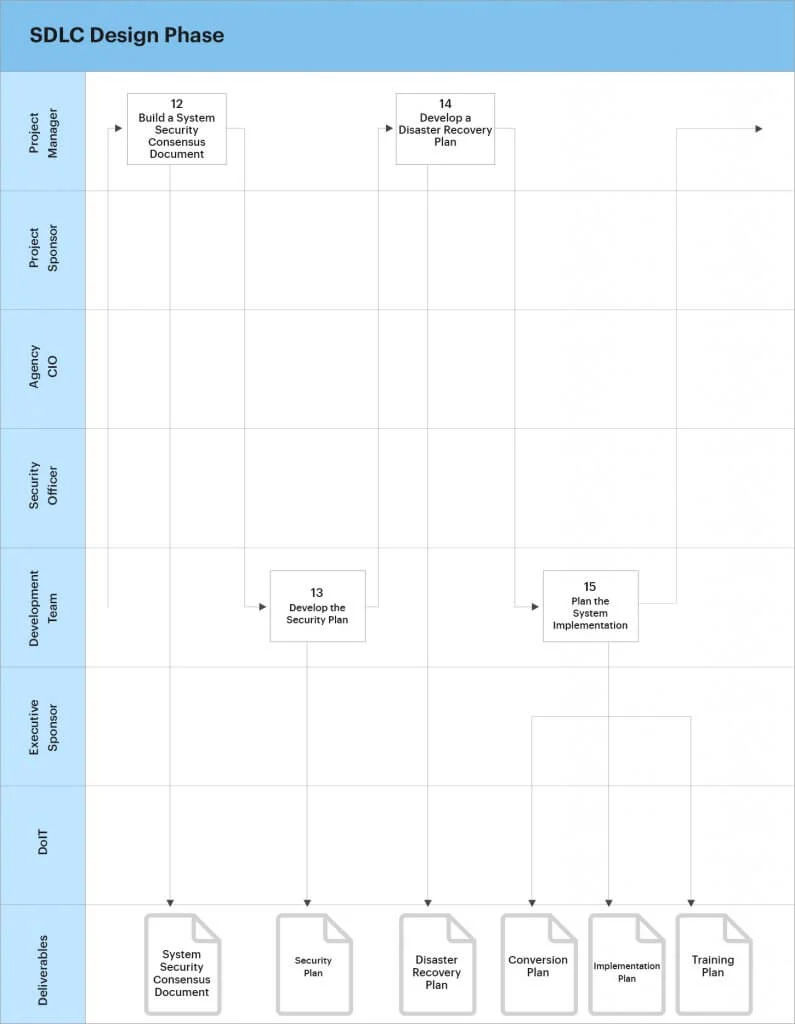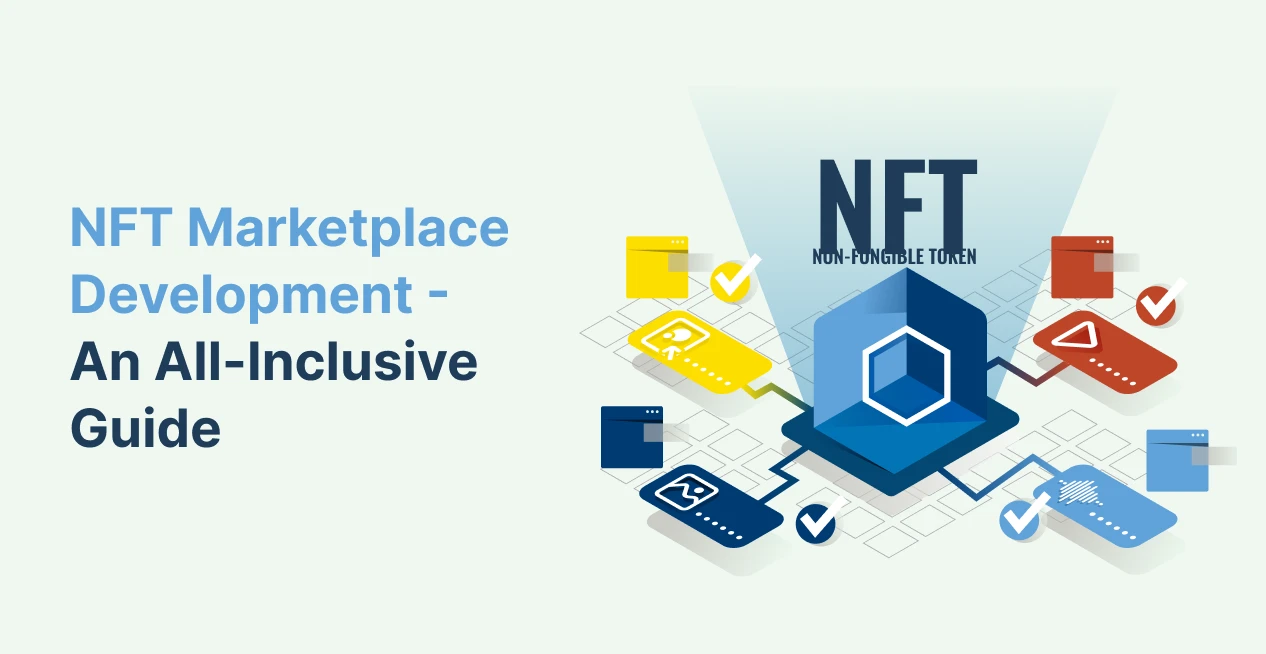The design phase in SDLC plays a crucial role in the Mobile App Development industry. Here, the system is designed to satisfy the identified requirements in the previous phases. Later, they are transformed into a System Design Document that accurately describes the system design, and you can use it as an input to system development in the next phase.
What is Design Phase in SDLC?
The Design Phase is an essential phase of the Software Development Life Cycle. The list of requirements that you develop in the definition phase is used to make design choices. In the design phase, one or more designs are created to achieve the project result. Depending on the project subject, the design phase products include dioramas, flow charts, sketches, site trees, HTML screen designs, photo impressions, prototypes, and UML schemas.
The project supervisors use these designs to choose the definitive design that you can produce in the project. The development phase follows it. Once you have selected the design in the definition phase, you cannot make changes in the project’s later stage.
| Good Read: What is SDLC (Software Development Life Cycle)?
Objectives/ Goals – Design Phase in SDLC
The objectives of the SDLC Design Phase are as follows:
Objectives
Successful completion of the SDLC Design Phase comprises:
- Transformation of all the requirements into detailed specifications covering all the aspects of the system.
- Planning and assessment for security risks.
- Approval for progressing to Development Phase.
Goals
Its primary purpose is to transform all the requirements into complete, detailed system design specifications. Once your design is approved, the Development Team begins its development work.
Deliverables and Approvals in the SDLC Design Phase
SDLC deliverables help State agencies successfully plan, execute, and control IT projects by providing a framework to ensure all the project aspects are consistently and adequately defined, planned, and communicated. The SDLC templates and boilerplate language agencies provide a clear structure for the required content. State agencies can use formats other than the templates till the deliverables have all the content necessary.
The distribution and development of SDLC deliverables:
- Ensure a common understanding between the stakeholders and the Development team members.
- Serve as a reminder of particular plans as the projects become more complex.
- Provide the agency senior management and other state officials an insight into project risks and ongoing performance.
- Encourage the execution of consistent and repeatable processes.
- Facilitate the implementation of agency IT best practices and project management.
- Results in a comprehensive record of project performance that is useful for many purposes (e.g., budgetary and other assessment activities, staff knowledge transfer, lessons learned, etc.)
During the documentation development, the Development Team should:
- Write comprehensive and easy-to-understand documents with no redundant information.
- Develop an organized document repository for any critical project information, so the Development Team members can access, store, and refer to project documents and other deliverables from all life cycle phases.
- Implement periodic deliverable reviews to correct inaccuracy, ambiguities, and incompleteness.
- Recognize that the sample templates for deliverables are available. So, the agencies may accept the deliverables in different formats as long as all the required information is present. This deliverables’ content might expand or shrink depending on the project’s size, scope, and complexity.
- Recycle or reference information from the earlier documents where it’s possible and beneficial.
All the deliverables except the ones identified as Updates should be developed in this phase. They should be revisited and enhanced as much as prescribed in this phase.
The deliverables produced during this phase should be reviewed in detail and follow the approval path as defined. A signature page or section must accompany each deliverable requiring approval. Do IT periodically request copies of these documents as part of the oversight responsibilities
Approval
Approval/ sign-off is required by the customer, developer, tester, and business analyst ( all the stakeholders, including inheritors). Once they approve it, the focus shifts to the next phase.
| Good Read: Top 7 Free and Premium UI/UX Design Tools for Mobile App Designing
Roles & Responsibilities for Design Phase of the SDLC
The following people participate in the work activities of the SDLC Design Phase. Their roles are as follows:
Customer
The customer sponsors the project and signs-off the team effort. Plus, it also reviews the strategy and the artifacts.
Business Analyst
It provides the requirements to the design team and reviews the software design and artifacts.
Project Manager
The project managers finalize the data conversion strategy and the test strategy. Plus, they review the software design and artifacts.
Technical-Architect, Tech-Designer, Design Team
They design the system architecture, software components, etc., along with the design walk-through.
Developer/ Construction Team
They assist in finalizing the data conversion strategy. Plus, also reviewing the architecture and the software components.
Testing Team/ Tester
They assist with identifying and finalizing the testing strategy. Plus, reviewing the architecture and software components.
Database Team
The database team assists with architecture design and data conversion strategy. The Technical Architect plays the most crucial role and aims to describe the required functions and operations like screen layout, business rules, system database layout in detail and provides the architectural plan down to physical level. A system architecture is not just a product of requirements but a result of organizational goals, architect experience, and the technical environment.
Tasks and Activities – SDLC Design Phase




The project manager compares the actual project performance to the baseline and projected cost to detect and understand the cost baseline variances during the phase-end review. It also performs a comprehensive risk assessment of the project to update the Risk Register. The project manager upgrades the Maryland EA Repository with new or revised components before beginning the next phase, that is, development.
The project manager needs to obtain deliverable approval signatures before proceeding to the Development Phase. Update the project documentation repository once the phase-closure activities are complete.
Exit Criteria for Design Phase in SDLC
The Exit Criteria for the SDLC Design Phase is as follows:
- Completion and reviewal of all the technical specifications (system design documents).
- The Master Test Plan artifacts associated with the Design step should be completed, reviewed, and placed in the baseline.
- Work on the documents like maintenance manual, training plan, training manual, and user manual has begun and is in progress.
Conclusion
The SDLC Design Phase results in one of the two crucial elements to the project: the design. Without a detailed design, the second key element, the system, cannot be constructed, trained upon, implemented, or operated. The decisions you make in this phase regarding technology, frameworks, configuration, implementation, and change management ensure a solid foundation for the project.
The ambiguous requirements are a great source of project failure, and a poor design ranks second. The SDLC Design Phase deliverables’ approval, completion of the Design project status review, and the approval for proceeding to the next phase signifies the end of the Design Phase.
Are you looking for a Software Developer for your project? Then, we have a team of some highly-skilled and experienced developers in the market—ping us.








